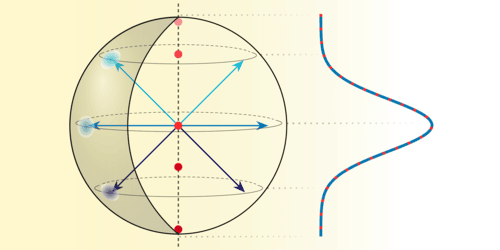September 23, 2025• Physics 18, s118
Scientists have shown that entanglement plays no role in a form of collective light emission called Dicke superradiance, settling a long-standing debate.
P. Rosario/Federal University of São Carlos and University of Strasbourg
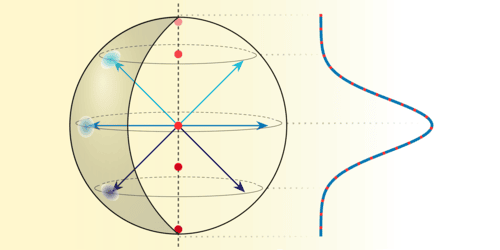
P. Rosario/Federal University of São Carlos and University of Strasbourg
In 1954, physicist Robert Dicke predicted that a group of atoms could collectively emit an intense burst of radiation. This phenomenon, now named Dicke superradiance, has since been observed in a wide range of setups. But one question has remained unanswered: Does the effect involve quantum entanglement? Previous work suggested that the answer is no, but those studies were limited to few-atom systems. Now Johannes Schachenmayer at the French National Centre for Scientific Research (CNRS) and the University of Strasbourg in France and his colleagues have proven that no entanglement is involved in Dicke superradiance [1].
Dicke superradiance happens when excited atoms are confined to a region much smaller than the wavelength of their emitted light. Instead of radiating independently, the atoms couple to a single electromagnetic mode and synchronize their emissions as they deexcite. This cooperation produces a short burst of light whose intensity scales as the square of the number of atoms, making it much stronger than the sum of individual emissions. What has been uncertain is whether this collective quantum process is necessarily associated with entangled atoms.
Schachenmayer and his colleagues showed that the evolving quantum state of atoms exhibiting Dicke superradiance can, at all times, be written in an intrinsically unentangled form. The researchers developed a numerically efficient technique to find such representations. They used it to confirm that, for systems of up to 50 atoms, Dicke superradiance does not require entanglement. This finding should hold for any number of atoms, they say.
–Ryan Wilkinson
Ryan Wilkinson is a Corresponding Editor for Physics Magazine based in Durham, UK.
ReferencesP. Rosario et al., “Unraveling Dicke superradiant decay with separable coherent spin states,” Phys. Rev. Lett. 135, 133602 (2025).Subject AreasRelated Articles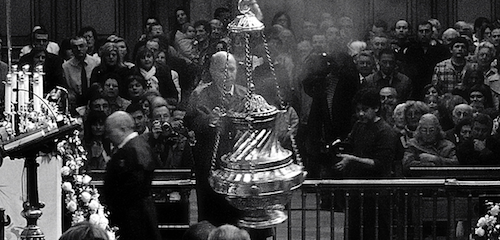
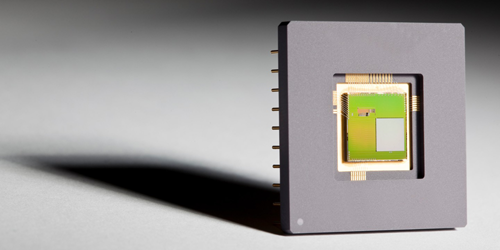
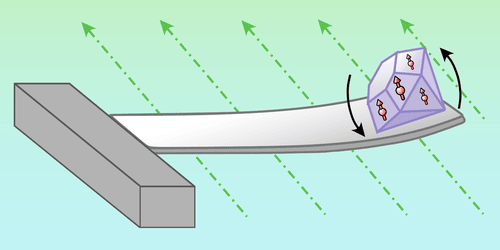 More Articles
More Articles

